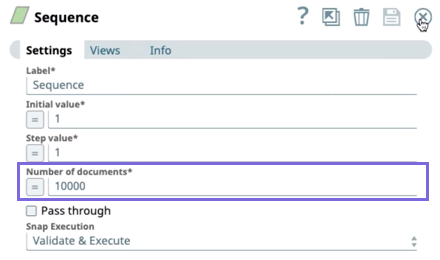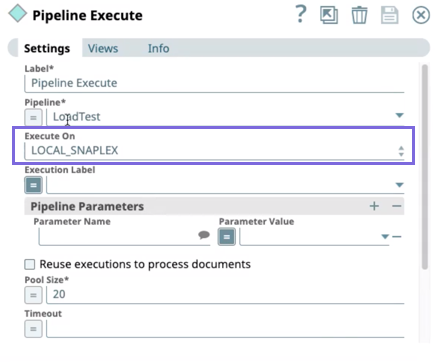...
In a Kubernetes environment, application admins must ensure that there are sufficient resources for their users. Support for elastic scaling provides the capability to scale resources up or down depending on the impact on CPU and memory. The scaling happens automatically and is based on Horizontal Pod Autoscaling (HPA). In this article, we describe a basic scenario that explains how you can observe the scaling of resources in your Kubernetes environment.
...
The Requested CPU Resources is a hard threshold, while the HPA Metric Threshold , is the threshold that determines the scale up of resources.
Next, we run a Pipeline that generates the data spike that scales the resources resulting in resource scaling based on the CPU utilization metrics entered in the Helm Chart. The Pipeline is a basic construct: a Sequence Snap plus a Pipeline Execute Snap. The following image shows the Sequence Snap configured to process a 1000 10,000 documents.
The Pipeline uses the Pipe Execute Snap to call the child Pipelines to process those records. Importantly, we configure this Snap to run those child Pipelines on the local Snaplex to enable the automatic scaling of resources, as shown in the following image.
...

